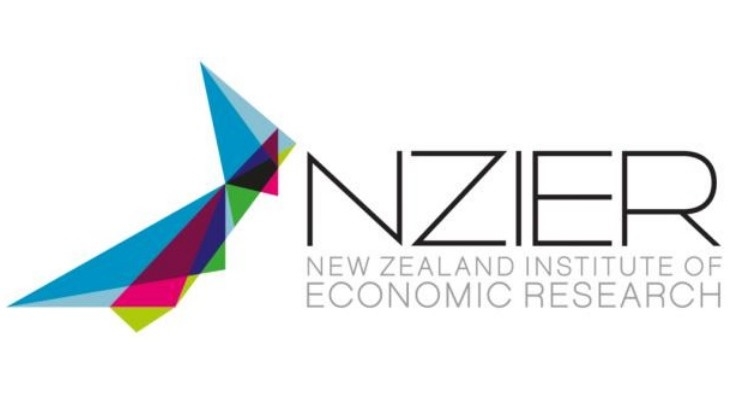
Economic researcher NZIER is seeing a V-shaped economic recovery - one that will be strong enough to see economic growth of about 5% by early 2022.
In the latest of its regular quarterly predictions NZIER says recent developments "point to a strong rebound in economic activity", as the New Zealand economy responds to the unprecedented amount of stimulus measures implemented by the Government and Reserve Bank.
"NZIER forecasts annual average GDP growth to rise to around 5% by early 2022, before moderating to average around 3% in the subsequent years," principal economist Christina Leung said.
She said a recovery in the household sector and increased demand for food commodity exports would drive this rebound in economic growth over the coming year.
"Record low mortgage rates have fuelled housing market activity, with retail spending picking up back to pre-Covid levels as people furnish their new homes. However, the increase does not offset the decline in spending experienced over the lockdown, and many businesses still face revenue loss for the 2020 year."
Nonetheless, Leung said, businesses are feeling more positive.
"Buoyed by improved demand, businesses are looking to hire again, and once again starting to see a re-emergence of labour shortages. There are also signs of a turnaround in investment intentions, particularly in regard to plant and machinery.
"However, with banks more cautious about lending this will limit the extent of the rebound in investment in some areas such as commercial property."
Leung expected that border restrictions would remain in place "for much of 2021".
"This will continue to have a severe impact on New Zealand services exports, primarily tourism and international education."
Leung noted the fact that concerns about the risk rising house prices pose to financial stability have prompted the Reserve Bank to announce the reintroduction of Loan to Value Ratio (LVR) restrictions in March next year – two months earlier than initially planned.
"The strength in the housing market has also reduced the likelihood the Reserve Bank will cut the OCR further [below the current 0.25%].
"On balance, given the Reserve Bank’s ‘least regrets’ approach in bringing interest rates to extremely low levels to encourage spending and investment, we continue to expect it will introduce a negative OCR around mid-2021," Leung said.
1 Comments
5% annualised. Who in fact they mean a particular quarter, annualised.
And, remember that it is 5% increase on the equivalent period in prev year, either year or month.
So, if you are comparing to a crap quarter or year of growth, then 5% is not what it appears.
Mid 2020 to mid 2021, for example, will probably be about 10% lower than prev 12m.
So, in 2022, it will not take much to exceed that by 5%. Chicanery for jam tomorrow, as usual

We welcome your comments below. If you are not already registered, please register to comment.
Remember we welcome robust, respectful and insightful debate. We don't welcome abusive or defamatory comments and will de-register those repeatedly making such comments. Our current comment policy is here.